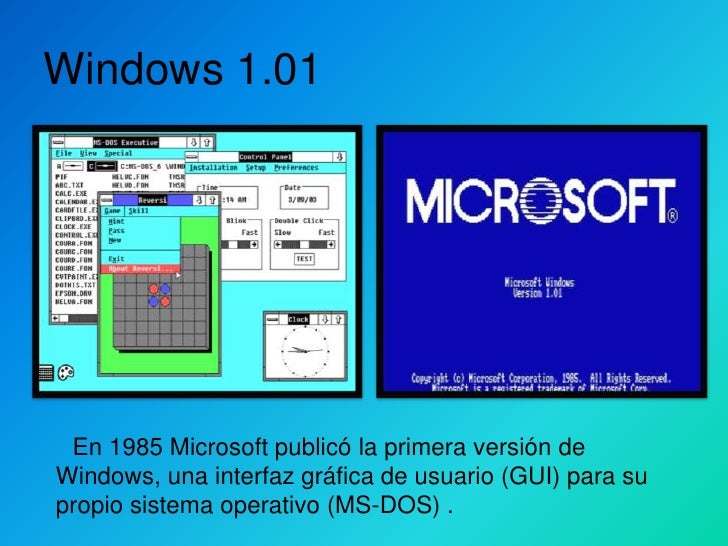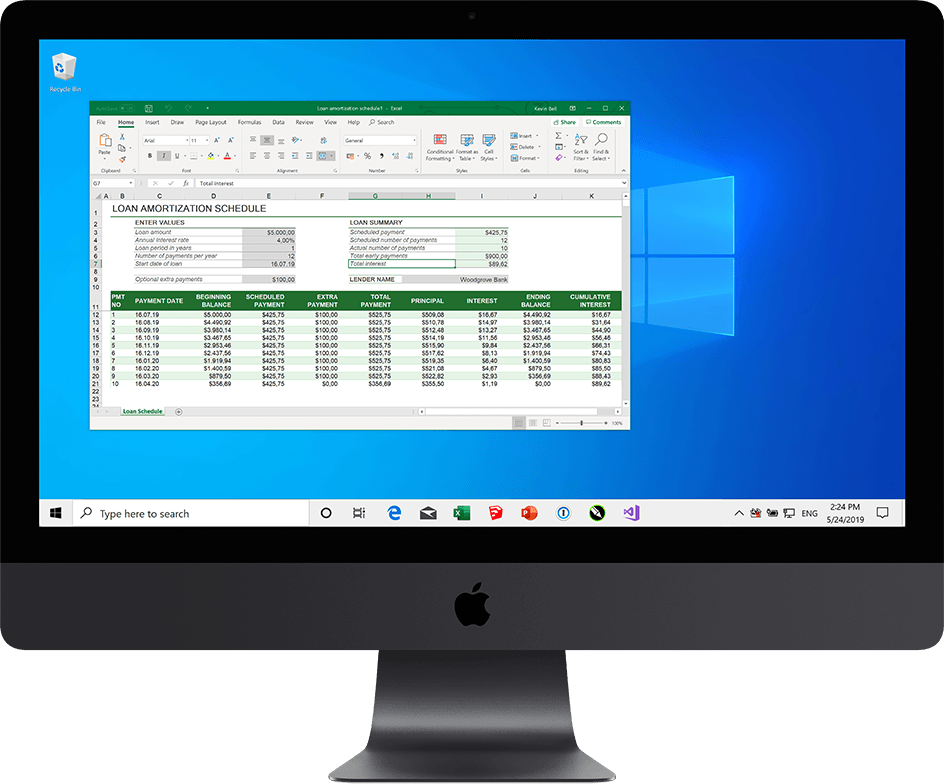Oct 22, 2016 Hello dear people, I have a question how to upgrade my Mac OS X Version 10.6.8. (Build 10K549) to a higher version because my Macbook is not working so more optimal. Jul 19, 2012 Microsoft Word won't open for me all of a sudden, and it's saying I may have to reinstall it because it's not compatible with the OS X anymore. I purchased and downloaded it legally, no Torrenting or anything, so the problem definitely isn't there. Any thoughts on how to reinstall it, at least? Office suite that runs in the cloud and offers you the possibility to open and edit Microsoft Word. Mar 2nd 2020, 09:41 GMT. OS X 10.11 or later. Mac OS X 10.6 or later. Note taker; 3,312 downloads. Minimalist, user friendly, and very efficient word processing application for Mac OS X that provid. Feb 7th 2020, 13:08 GMT.
Sep 18, 2014 I have MS office 2011 SP1 home & Business for MAC OS 10.5.8. Is this will install on my MAC OS 10.6.8? If yes than why on it written Mac OS 10.5.8. Regards, Samir The. Version: 2008 Operating System: Mac OS X 10.6 (Snow Leopard) Processor: Intel I have purchased 2 licenses of OEM software and installed then my 2 different iMacs. I have received from the supplier 2 different product keys and install OK. They are of course on the same network. Mac users interested in Free microsoft office for mac 10.6 generally download: Microsoft Excel 16.27. Excel for Mac 2011 helps you analyze, organize, and manage all your data and lists. Then save, edit, and share online.
Latest Version:
Microsoft Office 2016 16.35 LATEST
Requirements:
Mac OS X 10.10 or later
Author / Product:
Microsoft Corporation / Microsoft Office for Mac
Old Versions:
Filename:
Microsoft_Office_16.34.20030802_Installer.pkg
Details:
Microsoft Office for Mac 2020 full offline installer setup for Mac
Hide your real IP address and protect your privacy while online! Check out HMA! Pro VPN for Mac!
Word for Mac
Create, polish, and share beautiful and professional documents. The state-of-the-art authoring and reviewing tools in Word make the creation of polished documents easy. The new Insights pane shows relevant contextual information from the web inside Word. The Design tab enables you to manage layout, colors, and fonts across a document.
Get more done by working together using built-in tools to share and review documents. Several people can work on the same document simultaneously and use threaded comments to have a conversation right next to relevant text.
Excel for Mac
Analyze and visualize numbers in new and intuitive ways. The new Excel for Mac enables you to turn numbers into insights. Familiar keyboard shortcuts and data entry enhancements like formula builder and autocomplete immediately make you more productive. Excel also helps you visualize your data by recommending charts best suited for your numbers, and letting you quickly preview the different options. New PivotTable Slicers help you discover patterns in large volumes of data.
PowerPoint for Mac
Create multimedia presentations and present your ideas with confidence. Walk into your next presentation with complete confidence. The new Presenter View in PowerPoint displays the current slide, next slide, speaker notes, and a timer on your Mac, while projecting only the presentation to your audience on the big screen. A new Animation pane helps you design and fine-tune animations, and refined slide transitions ensure the finished product is polished. Easily share your presentation and invite others to work on the same presentation simultaneously.
OneNote for Mac
Harness your thoughts in your very own digital notebook. Capture, organize and share your ideas with digital notebooks that you can access on any device. Find things quickly with a powerful search engine that tracks your tags, indexes your typed notes, and recognizes text in images and handwritten notes. Bold, italicize, underline, highlight, insert files, pictures and tables—format your notes like you want. Easily share notebooks with friends, family, or colleagues so everyone can work together on travel plans, household tasks, or work projects.
Outlook for Mac
Stay organized with an email and calendar experience that's fast and looks great. Managing your email, calendar, contacts, and tasks has never been easier. The new Outlook for Mac has push mail support so your inbox is always up to date. The improved conversation view automatically organizes your inbox around threaded conversations, so you'll never hunt for related messages again. And the new message preview gives you the first sentence of an email just below the subject line, so you can quickly decide if you want to read it now or come back later.
Note: Limitations in the unregistered version, you get to open documents but you cannot edit them or create new ones.
Also Available: Download Microsoft Office for Windows
PowerPC application (Microsoft Word for Mac 2004) running on OS X for Intel | |
| Developer(s) | Apple Inc. |
|---|---|
| Operating system | Mac OS X 10.4.4–10.6.8 (Intel) |
| Type | |
| Website | www.apple.com/asia/rosetta/ |

Rosetta is a discontinued dynamic binary translator for Mac OS X that allowed many PowerPC applications to run on certain Intel-based Macintosh computers without modification. Apple released Rosetta in 2006 when it changed the instruction set architecture of the Macintosh platform from the PowerPC to the Intel processor. The name 'Rosetta' is a reference to the Rosetta Stone, the discovery that made it possible to comprehend and translate Egyptian hieroglyphs.
Rosetta is based on QuickTransit technology.[1] It has no graphical user interface, which led Apple to describe Rosetta as 'the most amazing software you'll never see.'[2]
Rosetta was initially included with Mac OS X v10.4.4 'Tiger', the version that was released with the first Intel-based Macintosh models.[3]
Rosetta is not installed by default in Mac OS X v10.6 'Snow Leopard', but can be retained as an option via the installer or Apple Software Update for users who need to run PowerPC applications.[4]
Rosetta is neither included nor supported in Mac OS X v10.7 'Lion' or later. Therefore, with Lion and later releases, the current Macintosh platform does not support PowerPC applications.[4]
Compatibility[edit]
| Apple's transition to Intel processors |
|---|
Free Mac Os X 10.6
Rosetta is part of Mac OS X for Intel operating systems prior to Lion. It translates G3, G4, and AltiVec instructions; however, it does not translate G5 instructions. Therefore, applications that rely on G5-specific instruction sets must be modified by their developers to work on Rosetta-supported Intel-based Macs. According to Apple, applications with heavy user interaction but low computational needs (such as word processors) are well suited to translation via Rosetta, while applications with high computational needs (such as AutoCAD, games, or Adobe Photoshop) are not.[5]Pre-existing PowerPC versions of Apple 'Pro' media-production applications (such as Final Cut Pro, Motion, Aperture, and Logic Pro) are not supported by Rosetta and require a 'crossgrade'[6] to a universal binary version to work on Rosetta-supported Intel-based Macs.
Rosetta does not support the following:[7]
- The Classic environment, and thus any non-Carbon application built for Mac OS 9 or earlier
- Code that inserts preferences into the System Preferences pane
- Applications that require a G5 processor
- Applications that require precise exception handling
- Screen savers
- Kernel extensions and applications that depend on them
- Bundled Java applications or Java applications with JNI libraries that cannot be translated
- Java applets in Rosetta-translated applications, meaning that a native Intel web browser application, rather than a legacy PowerPC version, must be used to load Java applets
The reason for Rosetta's reduced compatibility compared to Apple's earlier 68k emulator for PPCs lies within its implementation: Rosetta is a user-level program and can only intercept and emulate user-level code, while the older emulator was integrated with the system at a much lower level. The 68k emulator was given access to the very lowest levels of the OS by being at the same level as, and tightly connected to, the Mac OS nanokernel on PPC Macs (later used for multiprocessing under Mac OS 8.6 and later), which means that the nanokernel was able to intercept PowerPC interrupts, translate them to 68k interrupts (then doing a mixed mode switch, if necessary), and then executing 68k code to handle the interrupts. This allowed lines of 68k and PPC code to be interspersed within the same binary of a fat application. While a similar effect could likely have been achieved for Mac OS X by running Rosetta within XNU, Apple instead chose to implement Rosetta as a user-level process to avoid excessive debugging and the potential for security issues.[citation needed]
See also[edit]
- Classic Environment – software that allows Mac OS X based operating systems to run Mac OS 9 applications
- Mac 68k emulator – lower level program used for a similar purpose during 680x0 to PowerPC transition
- Universal binary – combined PPC/Intel applications that run natively on both processors
- Fat binary – combined PPC/68k application that ran on older Macintoshes
References[edit]
- ^'The brains behind Apple's Rosetta: Transitive'. CNET News.com. June 8, 2005. Archived from the original on July 14, 2014. Retrieved July 4, 2007.
- ^'Rosetta'. Apple. Archived from the original on November 16, 2010. Retrieved September 5, 2011.
- ^Core Duo iMacs debut speedy new chipsArchived March 3, 2012, at the Wayback Machine
- ^ abAppleInsider Staff (February 26, 2011). 'Mac OS X Lion drops Front Row, Java runtime, Rosetta'. AppleInsider. AppleInsider, Inc. Archived from the original on April 29, 2014. Retrieved February 27, 2011.
- ^'Rosetta'(PDF). Universal Binary Programming Guidelines, Second Edition. Apple. Archived from the original(PDF) on August 3, 2012. Retrieved September 5, 2011.
- ^'Universal Applications'. Apple. Archived from the original on March 3, 2016. Retrieved August 5, 2019.
- ^'What Can Be Translated?'(PDF). Universal Binary Programming Guidelines, Second Edition. Apple. Archived from the original(PDF) on August 3, 2012. Retrieved September 5, 2011.
External links[edit]

- Apple Rosetta Web site at the Wayback Machine (archived January 7, 2011)
- Transitive Corporation web site at the Wayback Machine (archived September 14, 2008)